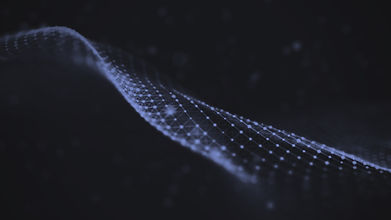
Our Method of Working
Currently making use of the latest in 3D laser scanning & mapping technology to achieve high quality capture of project sites and quick turn around times with the resulting 3D models

3D Laser Scanning
Depending on the project criteria, either a terrestrial 3D laser scanner (such as the Leica RTC360), a mobile mapping system (such as the NavVis VLX V2) or a combination of both will be used to complete your project. A terrestrial laser scanner such as the RTC360 is best for capturing very fine details, while the NavVis VLX V2 Mobile mapping system is a breakthrough in speed and accuracy, capable of capturing very large areas in minutes.
The Leica RTC360 is currently one of the fastest 3D laser scanners on the market, capable of completing a single colour scan with high dynamic range and a high level of detail in less than 2 minutes. When coupled with a Sachtler Flowtech carbon fibre tripod the scanning process is incredibly quick and efficient.




It was only a matter of time before a mobile mapping solution became available that not only could capture large areas in a fraction of the time of terrestrial laser scanners, but that also could produce comparably accurate results.
As the owner of the first NavVis VLX V2 mobile mapping system sold in Australia we can attest to the unprecedented speed and accuracy with which this scanner can capture buildings as a 3D model. What has taken days to complete in the past can now be captured in a matter of hours or even minutes for smaller projects, with results that rival those of traditional terrestrial scanners for many applications.
To give an idea of the unprecedented speed with which the NavVis VLX can capture quality data, a city block shopping centre exterior perimeter along all four sides was completed in under an hour (what had taken a terrestrial scanner two days to complete the week prior) and a single storey dwelling exterior and interior completed on site in less than 10 minutes.




